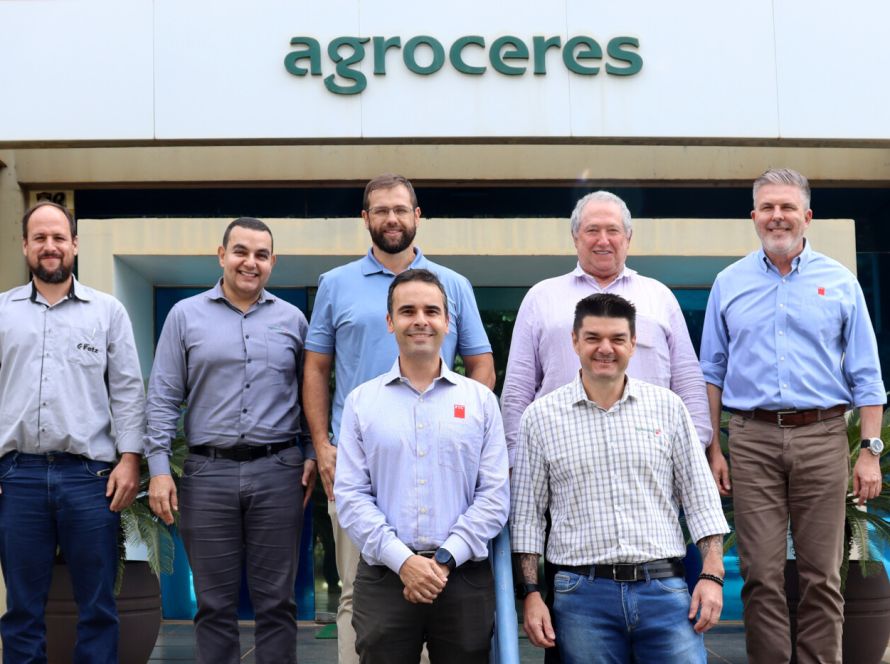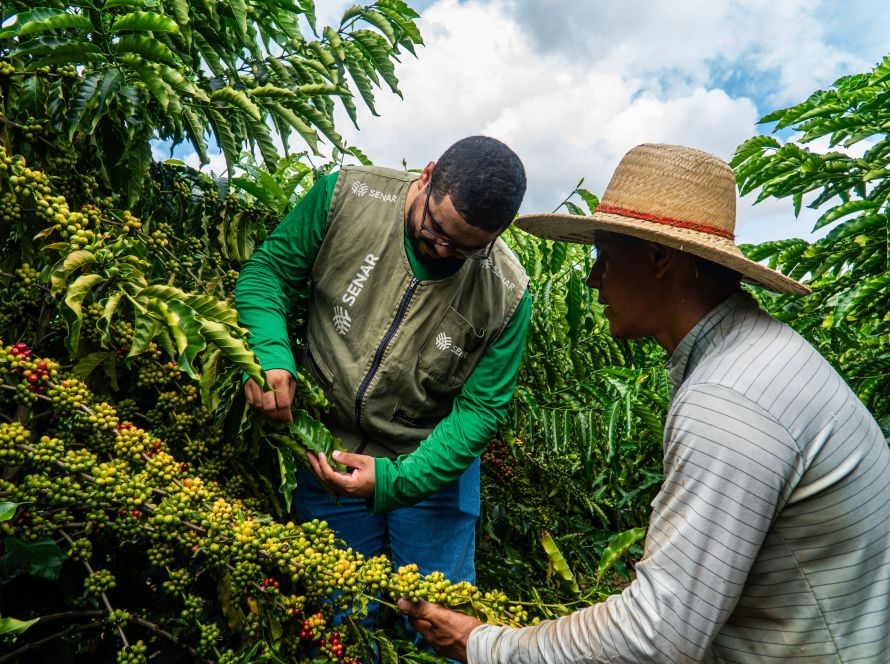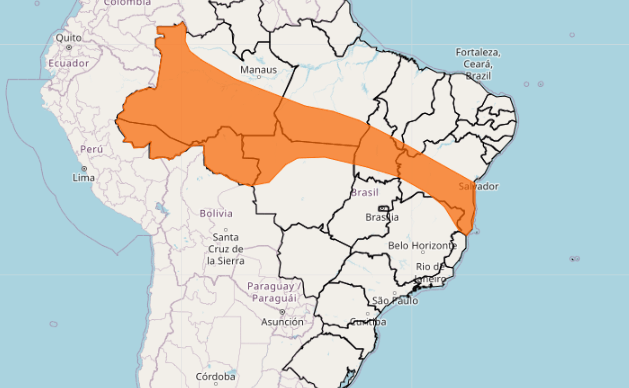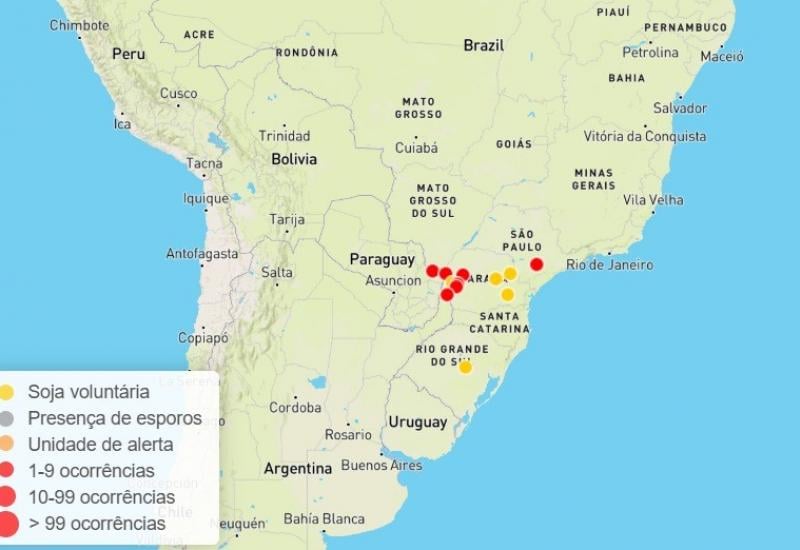The ILPF Network Association and the Mato Grosso Agriculture and Livestock Federation (Famato) have partnered to include the Integrated Crop-Livestock-Forestry System (ILPF) in the program content of the "ABC+ in Action" initiative. Supported by the State Secretariat for Economic Development (Sedec), the initiative aims to provide information and training to rural producers and industry professionals on the socioeconomic and environmental results provided by integrated systems.
The "ABC+ in Action" will be carried out in 17 municipalities in Mato Grosso. The first stages have already taken place in Sinop, Campo Novo do Parecis, Rio Branco, Porto Estrela, Santa Cruz do Xingu, Confresa and Ribeirão Cascalheira. The next ones will be in: Alto Taquari (19), Aripuanã (29), Juruena (30), Nova Bandeirantes (10/02), Carlinda (10/03), Jaciara (10/09), Alto Paraguai (10/10) and Poconé (10/17), in addition to a major closing event in Cuiabá on October 23.

Photo: Juliana Sussai
The ILPF system is a production strategy that combines different production systems—agricultural, livestock, and forestry—in the same area, whether in intercropping, succession, or crop rotation, generating benefits for all activities. The practice sustainably intensifies land use, protects and fertilizes the soil, promotes input savings and consequent cost reduction, and simultaneously increases productivity within a single area, diversifying production and revenue sources.
At the same time, the system is environmentally friendly, with low greenhouse gas emissions and allows for carbon sequestration, making the activity more resilient to climate change. Agricultural crops such as grains (soybeans and corn) and fiber production (cotton) can be used in ICLF.
The livestock sector primarily encompasses beef and dairy cattle farming, while the forestry sector involves silviculture, particularly eucalyptus plantations. Contrary to popular belief, ILPF can be adapted to small, medium, and large properties across all Brazilian biomes. "Brazil has 159 million hectares of pastureland that can be converted into ILPF areas, further expanding the country's agricultural production area without the need for any new developments," notes Francisco Matturro, executive president of the ILPF Network.
Currently, the ILPF Network covers approximately 17.4 million hectares nationwide, according to Network figures. "Crop-Livestock-Forest Integration represents the emancipation of producers. How? Because it provides short-term income, which comes from grain and cereal crops. It also includes livestock in the medium term and the forestry component in the long term," Matturro emphasizes.
This new agreement is in addition to the ILPF Network's Integral Programs in five states: São Paulo, Rio de Janeiro, Goiás, Paraná and Rio Grande do Sul – in addition to a national agreement with the Brazilian Association of Zebu Breeders (ABCZ).





